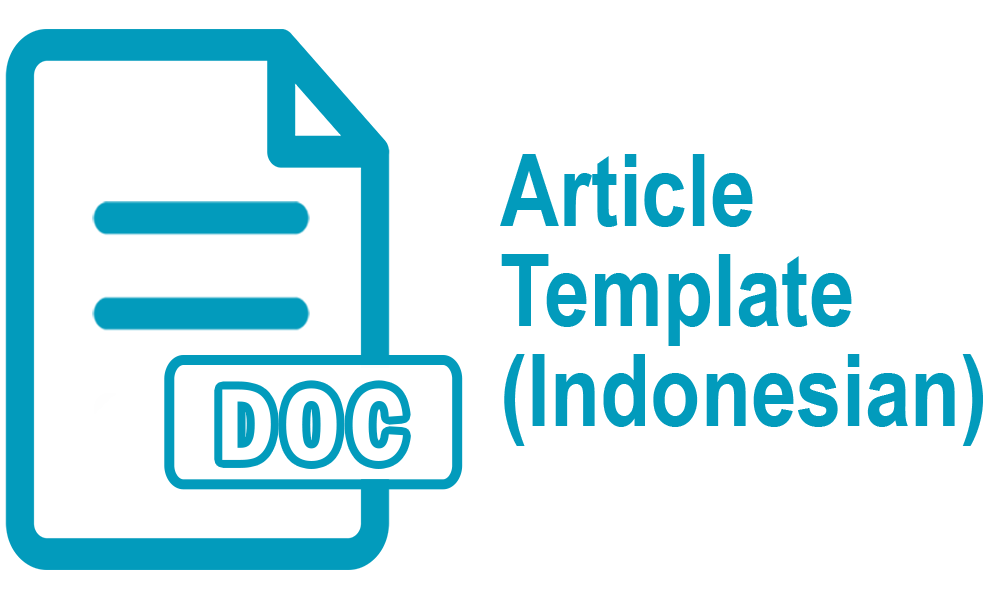Presupposition Analysis in The Help Film (2011)
Abstract
This research examines the use of presupposition in the dialogue and script of the film The Help (2011) through George Yule's presupposition theory. Presuppositions are background assumptions held by the speaker and play a role in communication to convey information indirectly. George Yule identifies six types of presuppositions: existential, factive, lexical, structural, non-factive, and counterfactual. The Help film is set in 1960s Mississippi during the Civil Rights Movement and explores the complex relationship between black maids and their white employers. This research focuses on the dialogues and scripts of three film characters, Aibileen Clark, Minny Jackson, and Eugenia Phelan (Skeeter), to investigate how types of presuppositions are represented in the dialogues and scripts. This research shows how presuppositions contribute to understanding implicit information using a pragmatic approach. Socio-cultural contexts are used to understand the way presuppositions interpret utterances. In this study, all six types of presuppositions: existential, factive, lexical, structural, non-factive, and counterfactual were found in the film's dialogue. Structural presuppositions were the most common type, and non-factive presuppositions were the least found by the researcher. This study shows that presuppositions are essential to convey messages implicitly, enhancing the researcher's understanding of character interactions through the context of the unfolding situation and the characterization of Aibileen as the main character.
Keywords: context, film, presupposition, The Help film
Full Text:
PDFReferences
REFERENCES
Abrams, M. H. A Glossary of Literary Terms. 7th ed., Harcourt Brace, 1999.
Boch, F., & Piolat, A. (2005). Note taking and learning: A summary of research. The WAC Journal, 16(1), 101–113. https://doi.org/10.37514/WAC-J.2005.16.1.08
Boggs, J. M., & Petrie, D. W. (2008). The art of watching films (Seventh edition.). McGraw-Hill.
Finch, G. (2000). Linguistic terms and concepts. New York: Palgrave.
Levinson, S. C. (1983). Pragmatics. Cambridge university press.
Mey , J. L. (2001). Pragmatics an introduction (2nd ed.). Blackwell Publishing.
Monaco, J. (2009). How to read a film: Movies, media, and beyond art, technology, language, history, theory (Fourth edition). Oxford University Press.
Taylor, S. J., Bogdan, R., & DeVault, M. L. (2016). Introduction to qualitative research methods: A guidebook and resource (4th edition). Wiley.
Yule, George. (1996). Pragmatics. Oxford university press.
Yule, George. (2006). The study of language (3rd ed.). Cambridge University Press.
DOI: http://dx.doi.org/10.30872/jbssb.v9i2.19066
Refbacks
- There are currently no refbacks.
Copyright (c) 2025 Hergianti Puspita Dewi, Ririn Setyowati, Muhammad Alim Akbar Nasir
Editorial address:
Fakultas Ilmu Budaya, Universitas Mulawarman
Jl. Ki Hajar Dewantara, Gunung Kelua, Kec. Samarinda Ulu, Kota Samarinda, Kalimantan Timur, Indonesia 75123
Email: jurnalilmubudaya.fibunmul@gmail.com
Website: http://e-journals.unmul.ac.id/index.php/JBSSB
Ilmu Budaya: Jurnal Bahasa, Sastra, Seni, dan Budaya is licensed under a Creative Commons Attribution-ShareAlike 4.0 International License






